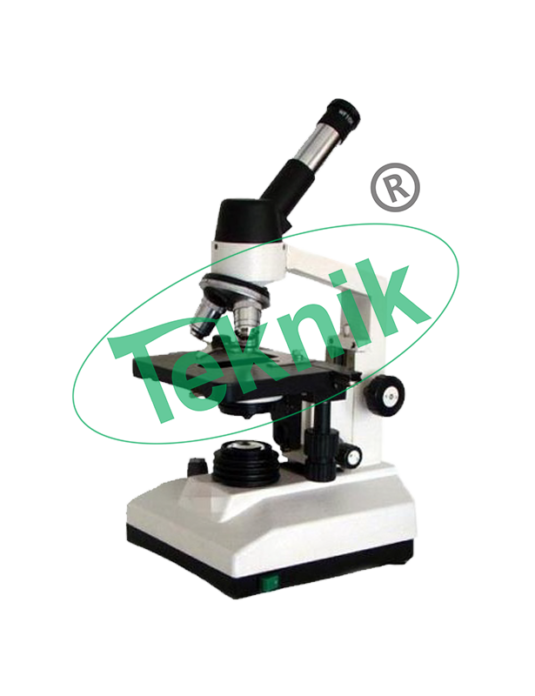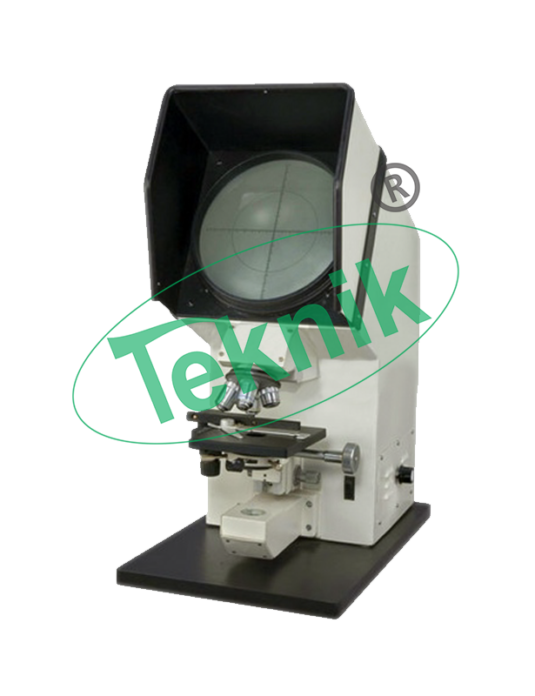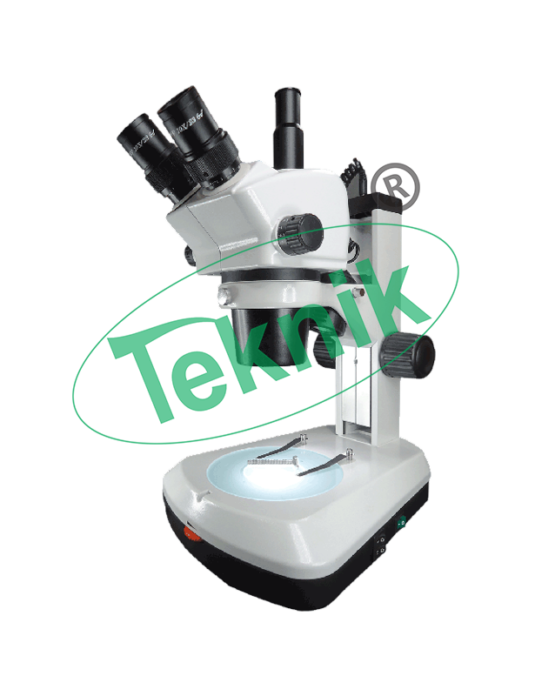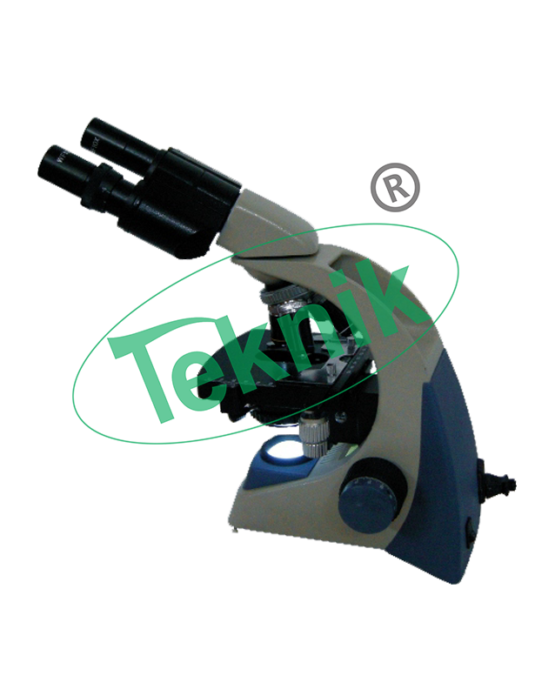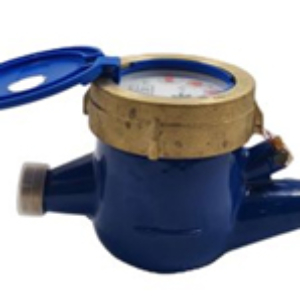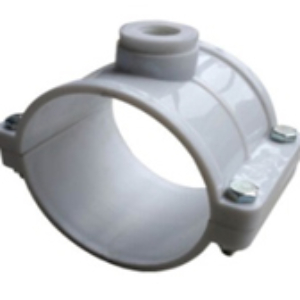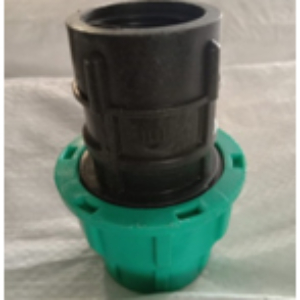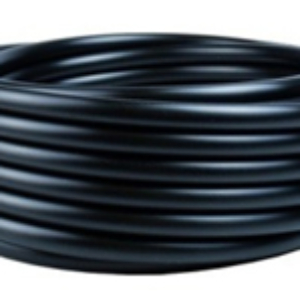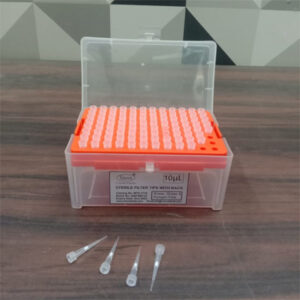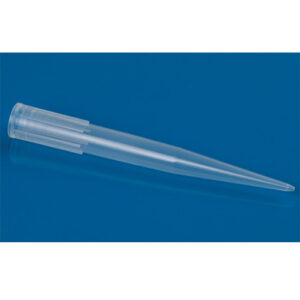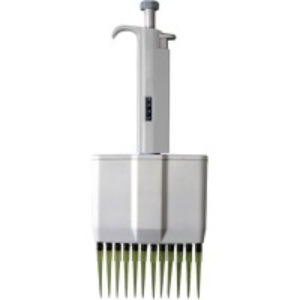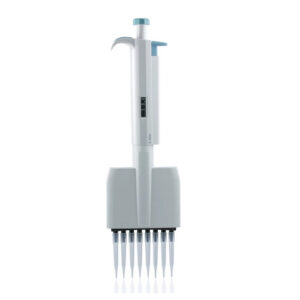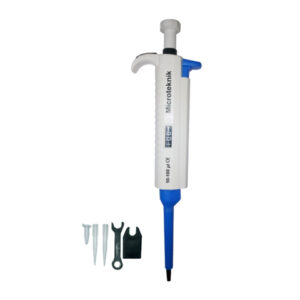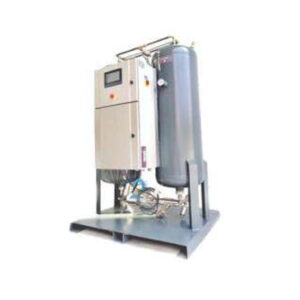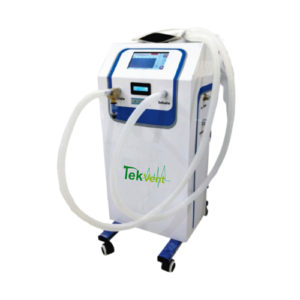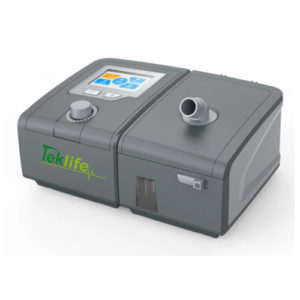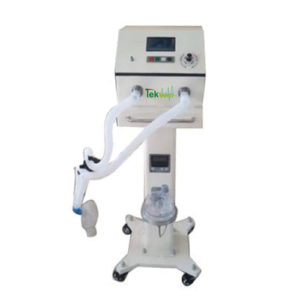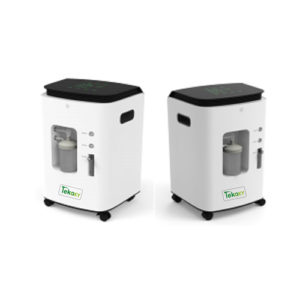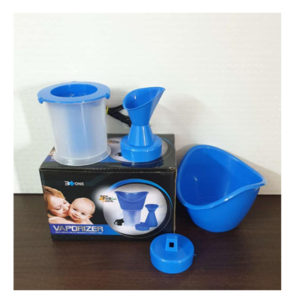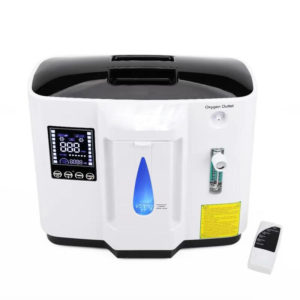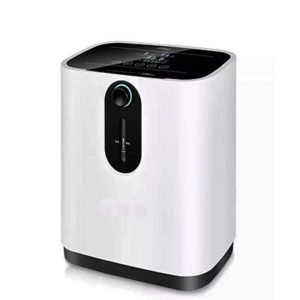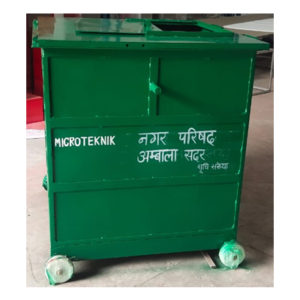MALARIA DETECTION MICROSCOPES
MALARIA DETECTION MICROSCOPES : JS-52
This a new method for identifying the malaria parasite in the peripheral blood. It involves staining of the centrifuged and compressed red cell layer with acridine orange and its examination under UV light source. It is fast, easy and claimed to be more sensitive than the traditional thick smear examination.
Method: The tube is a high-precision glass hematocrit tube, pre-coated internally with acridine orange stain and potassium oxalate. It is filled with 55-65 micro liters of blood from a finger, ear or heel puncture. A
clear plastic closure is then attached. A precisely made cylindrical float, designed to be suspended in the packed red blood cells, is inserted. The tube is centrifuged at 12,000 rpm for 5 minutes. The components of the buffy coat separate according to their densities, forming discrete bands. Because the float occupies 90% of the internal lumen of the tube, the leukocyte and the thrombocyte cell band widths and the top-most area of red cells are enlarged to 10 times normal. The tube is placed on the tube holder and examined using a standard white light microscope equipped with the UV microscope adapter, an epi-illuminated microscope objective. Fluorescing parasites are then observed at the red blood cell/white blood cell interface. The key feature of the method is centrifugation and thereby concentration of the red blood cells in a predictable area of the tube, making detection easy and fast.
Red cells containing Plasmodia are less dense than normal ones and concentrate just below the leukocytes, at the top of the erythrocyte column.
The float forces all the surrounding red cells into the 40 micron space between its outside circumference and the inside of the tube. Since the parasites contain DNA which takes up the acridine orange stain, they appear as bright specks of light among the non-fluorescing red cells.
Virtually all of the parasites found in the 60 micro liter of blood can be visualized by rotating the tube under the microscope. A negative test can be reported within one minute and positive result within minutes. is a new method for identifying the malarial parasite in the peripheral blood. It involves staining of the centrifuged and compressed red cell layer with acridine orange and its examination under UV light source.
It is fast, easy and claimed to be more sensitive than the traditional thick smear examination.
Contact Us
Copyright 2017 MICROTEKNIK | All Rights Reserved
Microteknik has exports their product to the following countries: Afghanistan, Albania, Algeria, Andorra, Angola, Antigua and Barbuda,,Argentina, Armenia, Australia, Austria, Azerbaijan, Bahamas, Bahrain, Bangladesh, Barbados, Belarus, Belgium, Belize, Benin, Bhutan, Bolivia, Bosnia and Herzegovina, Botswana, Brazil, Brunei, Bulgaria, Burkina Faso, Burundi, Cabo Verde, Cambodia, Cameroon, Canada, Central African Republic (CAR), Chad, Chile, China, Colombia, Comoros, Democratic Republic of the Congo, Republic of the Congo, Costa Rica, Cote d'Ivoire, Croatia, Cuba, Cyprus, Czech Republic, Denmark, Djibouti, Dominica, Dominican Republic, Ecuador, Egypt, El Salvador, Equatorial Guinea, Eritrea, Estonia, Ethiopia, Fiji, Finland, France, Gabon, Gambia, Georgia, Germany, Ghana, Greece, Grenada, Guatemala, Guinea, Guinea-Bissau, Guyana, Haiti, Honduras, Hungary, Iceland, India, Indonesia, Iran, Iraq, Ireland, Israel, Italy, Jamaica, Japan, Jordan, Kazakhstan, Kenya, Kiribati, Kosovo, Kuwait, Kyrgyzstan, Laos, Latvia, Lebanon, Lesotho, Liberia, Libya, Liechtenstein, Lithuania, Luxembourg, Macedonia (FYROM), Madagascar, Malawi, Malaysia, Maldives, Mali, Malta, Marshall Islands, Mauritania, Mauritius, Mexico, Micronesia, Moldova, Monaco, Mongolia, Montenegro, Morocco, Mozambique, Myanmar (Burma), Namibia, Nauru, Nepal, Netherlands, New Zealand, Nicaragua, Niger, Nigeria, North Korea, Norway, Oman, Pakistan, Palau, Palestine, Panama, Papua New Guinea, Paraguay, Peru, Philippines, Poland, Portugal,Qatar, Romania, Russia, Rwanda, Saint Kitts and Nevis, Saint Lucia, Saint Vincent and the Grenadines, Samoa, San Marino, Sao Tome and Principe, Saudi Arabia, Senegal, Serbia, Seychelles, Sierra Leone, Singapore, Slovakia, Slovenia, Solomon Islands, Somalia, South Africa, South Korea, South Sudan, Spain, Sri Lanka, Sudan, Suriname, Swaziland, Sweden, Switzerland, Syria, Taiwan, Tajikistan, Tanzania, Thailand, Timor-Leste, Togo, Tonga, Trinidad and Tobago, Tunisia, Turkey, Turkmenistan, Tuvalu, Uganda, Ukraine, United Arab Emirates (UAE), United Kingdom (UK), United States of America (USA), Uruguay, Uzbekistan, Vanuatu, Vatican City (Holy See), Venezuela, Vietnam, Yemen, Zambia, Zimbabwe
Sanitary Napkin Incinerator | medical waste incinerator



